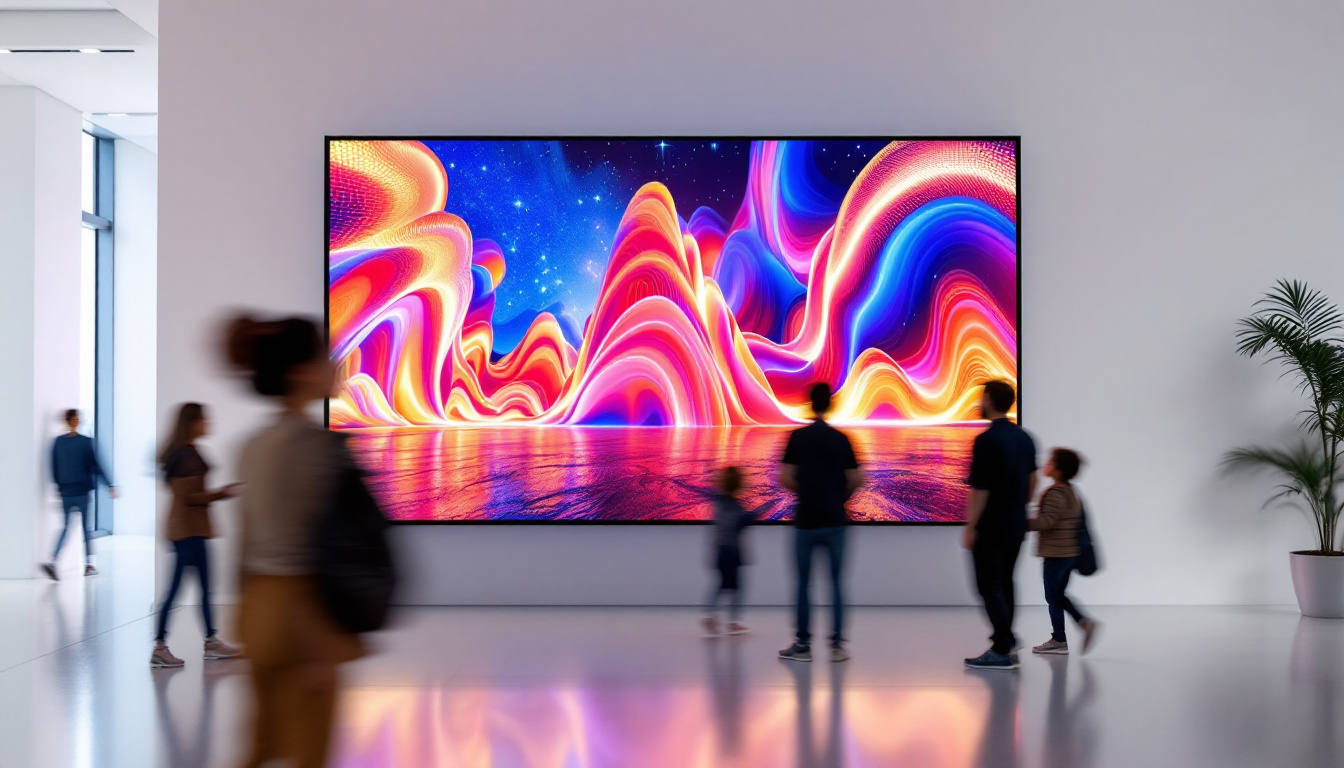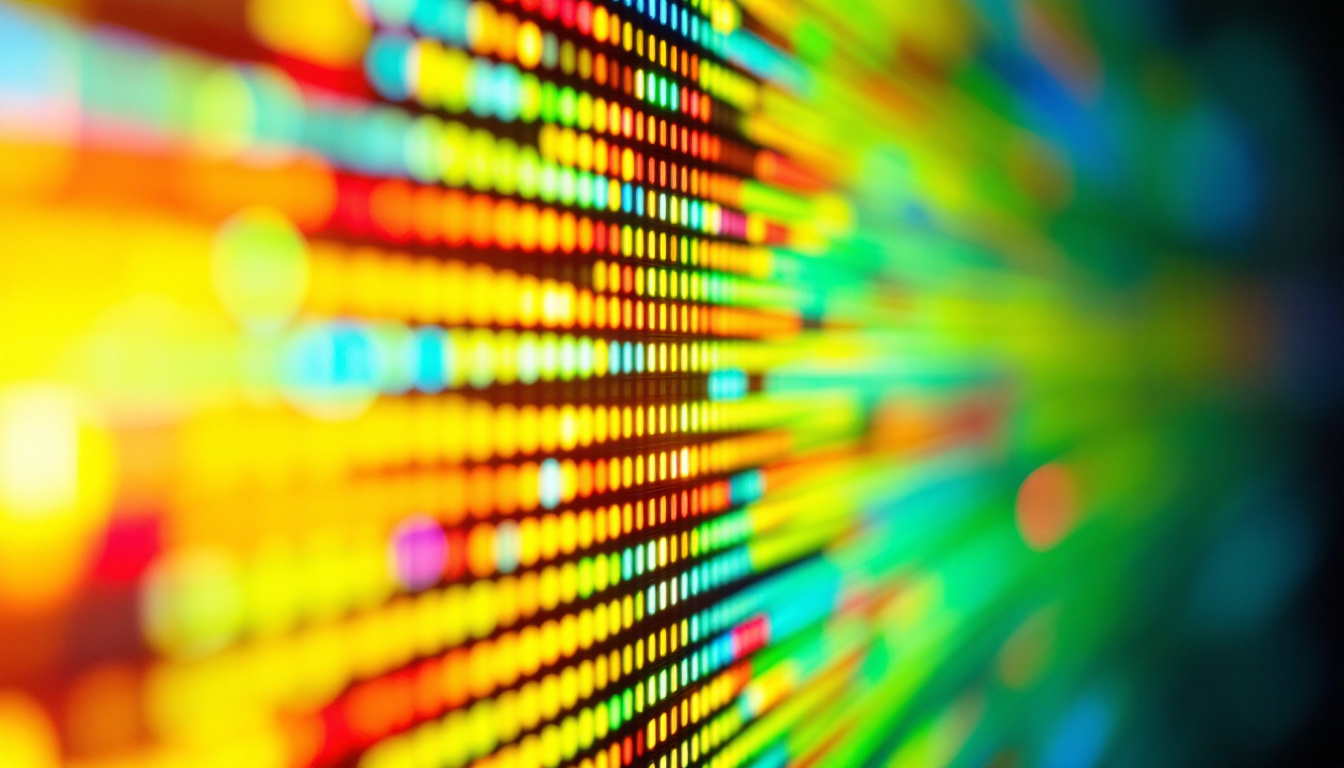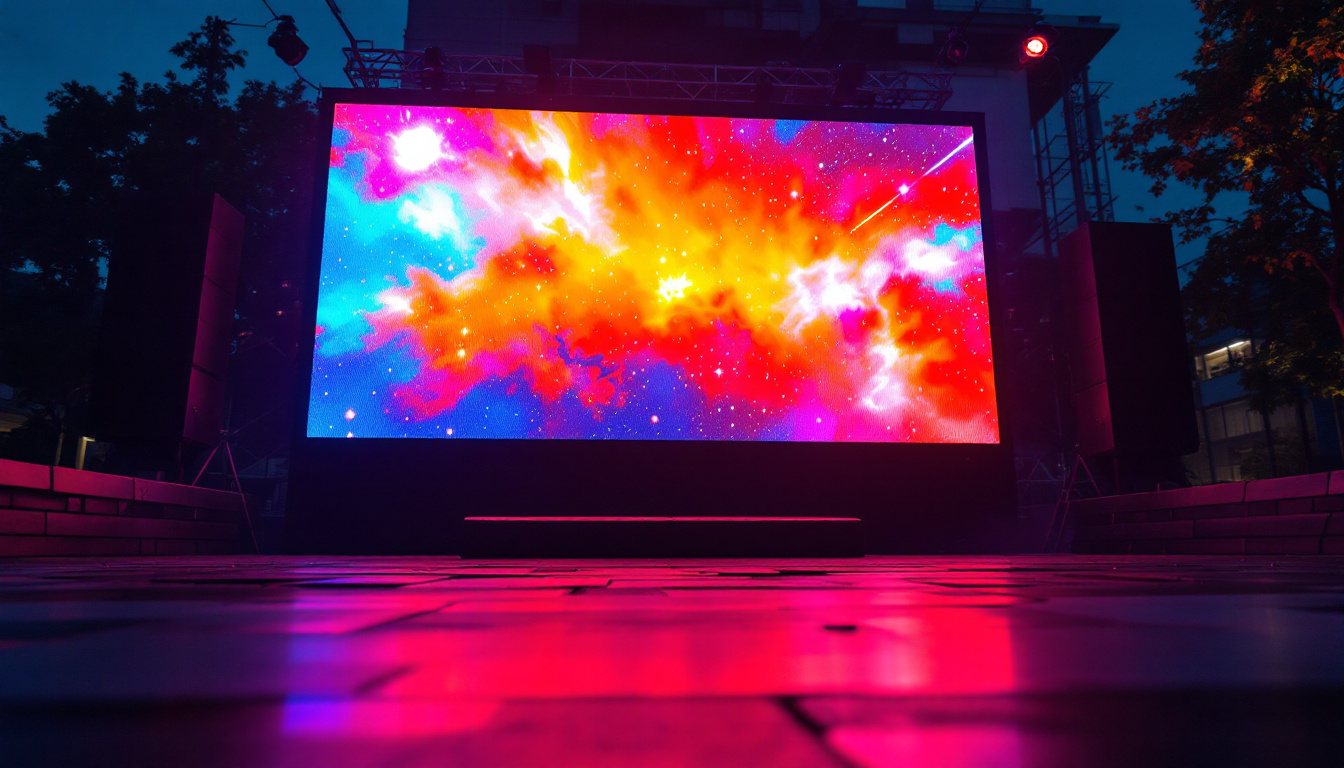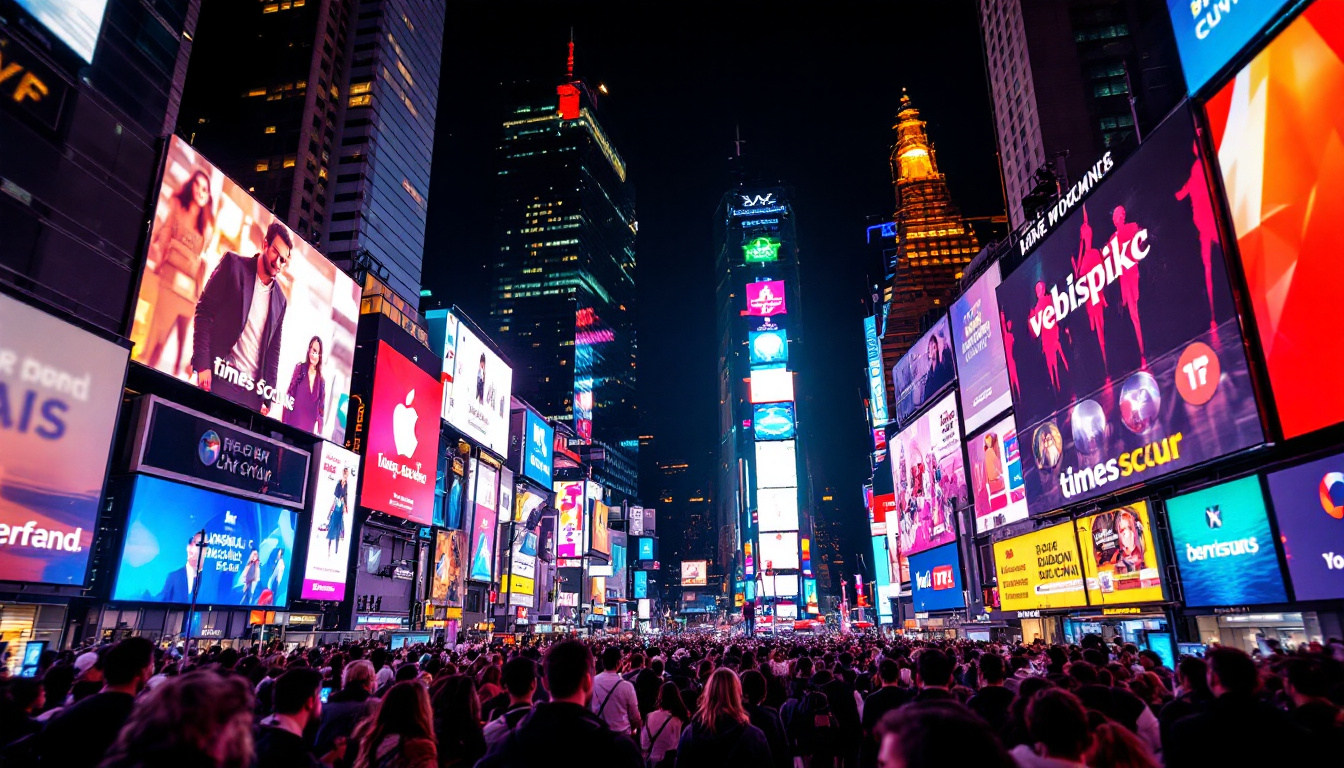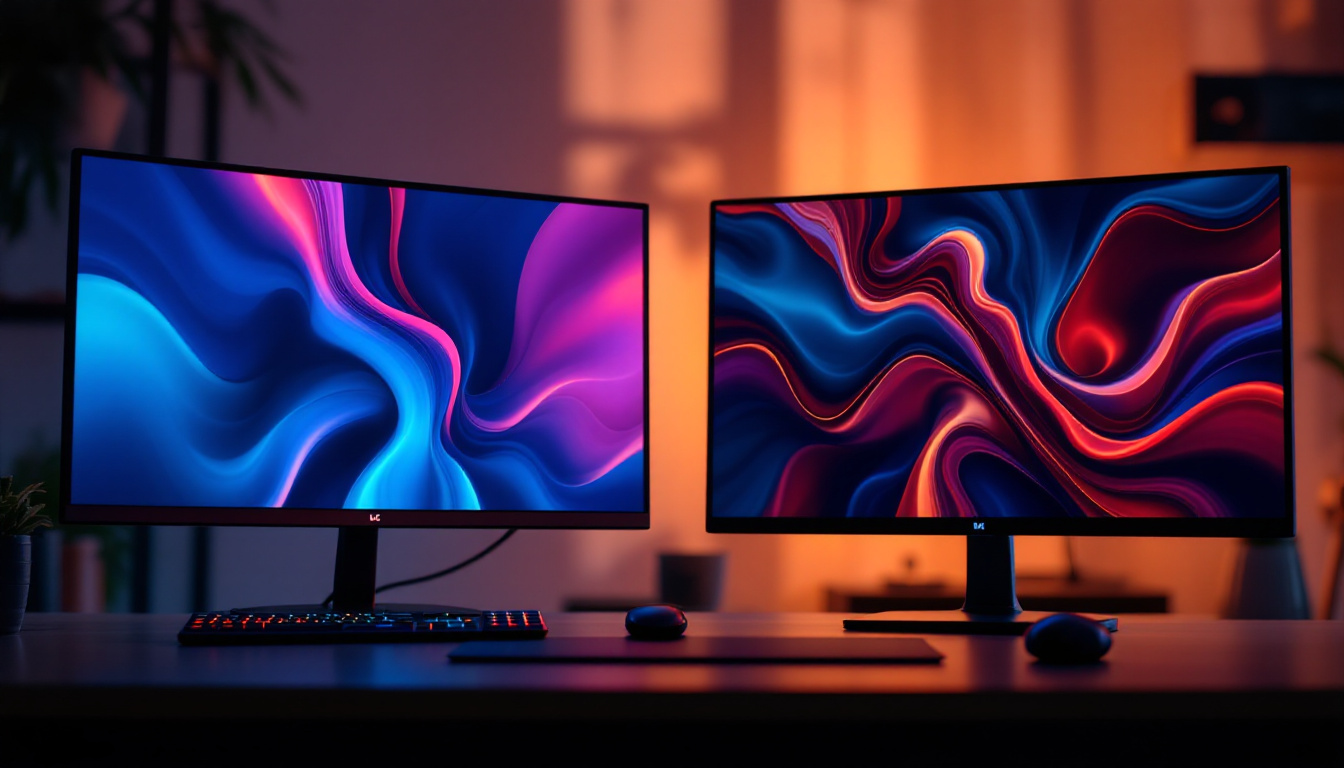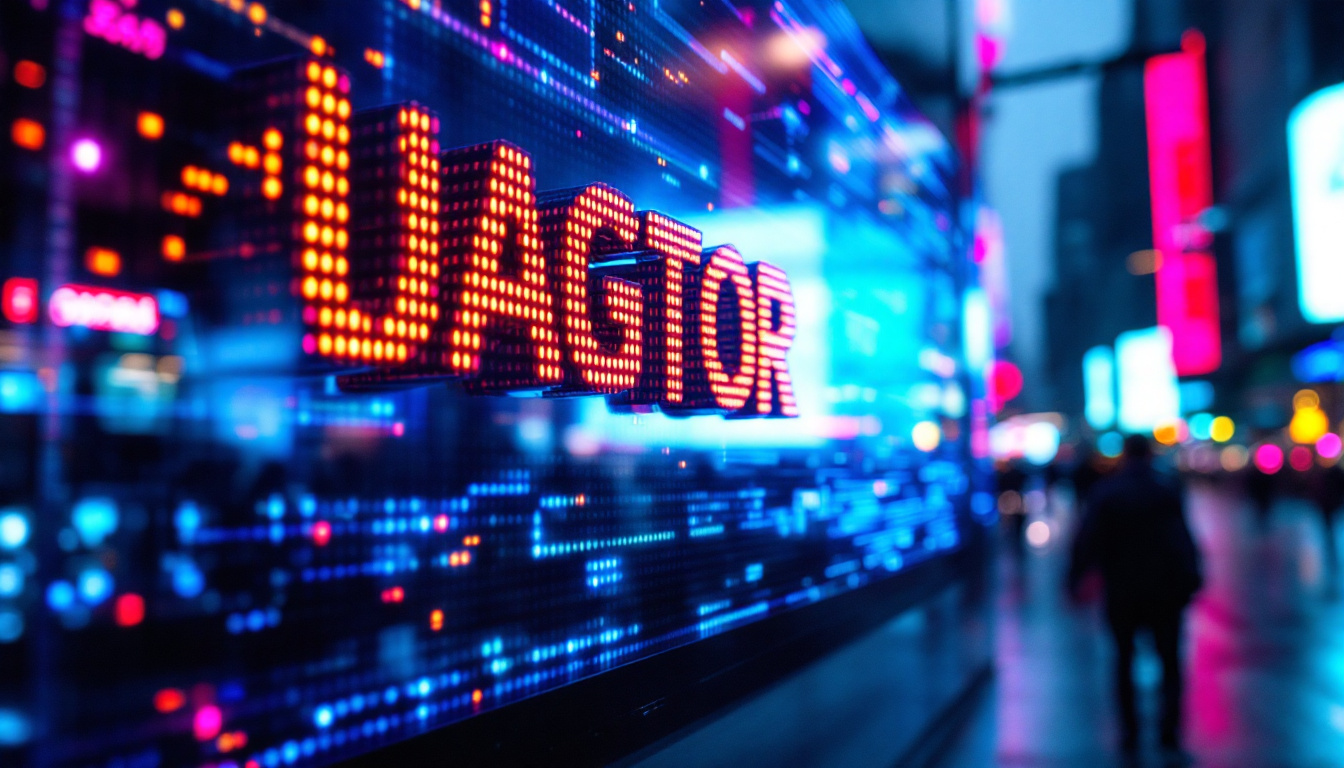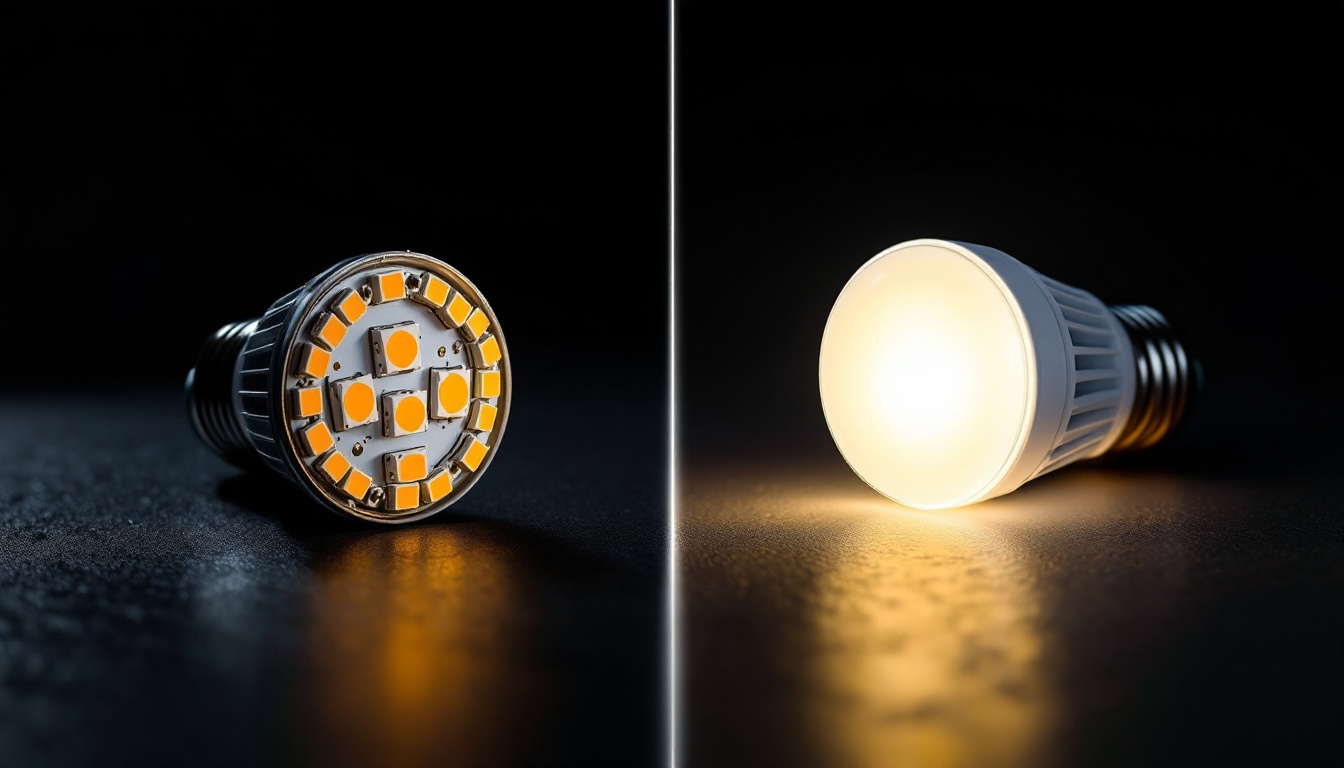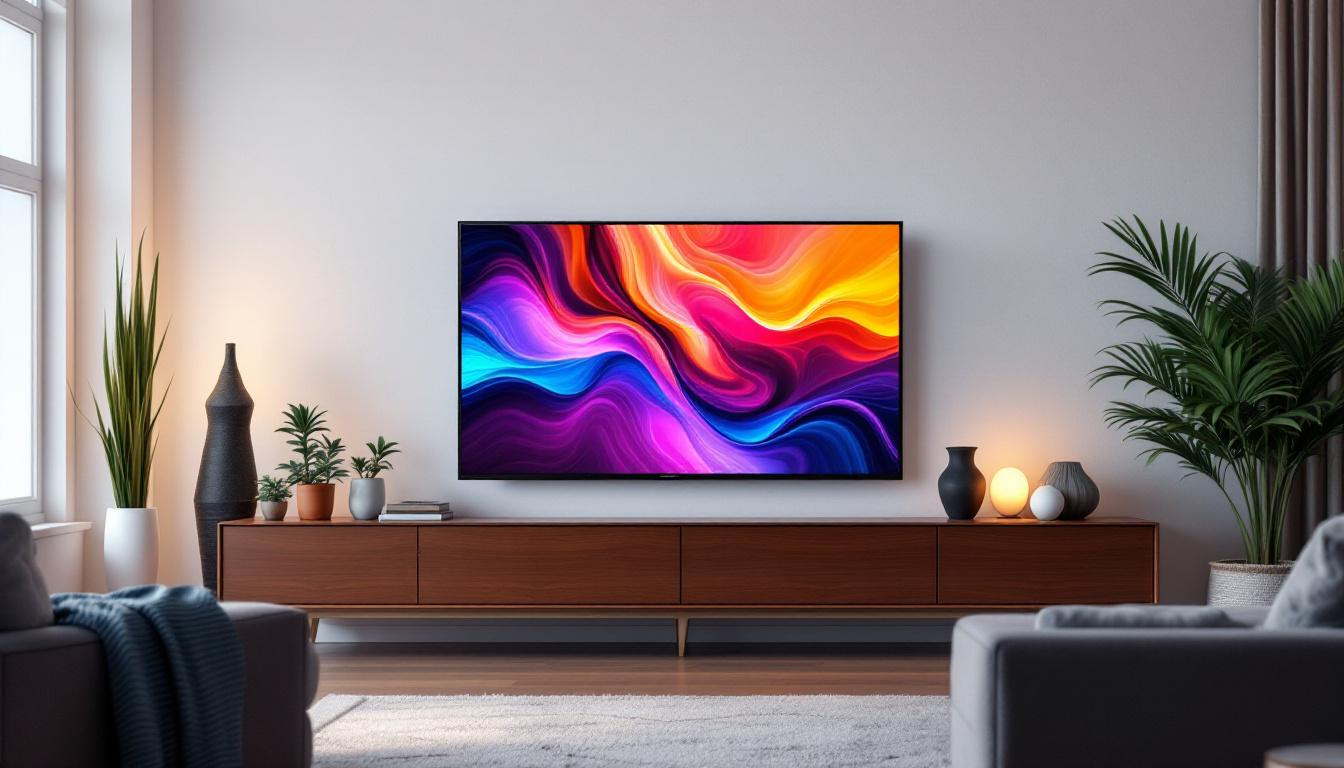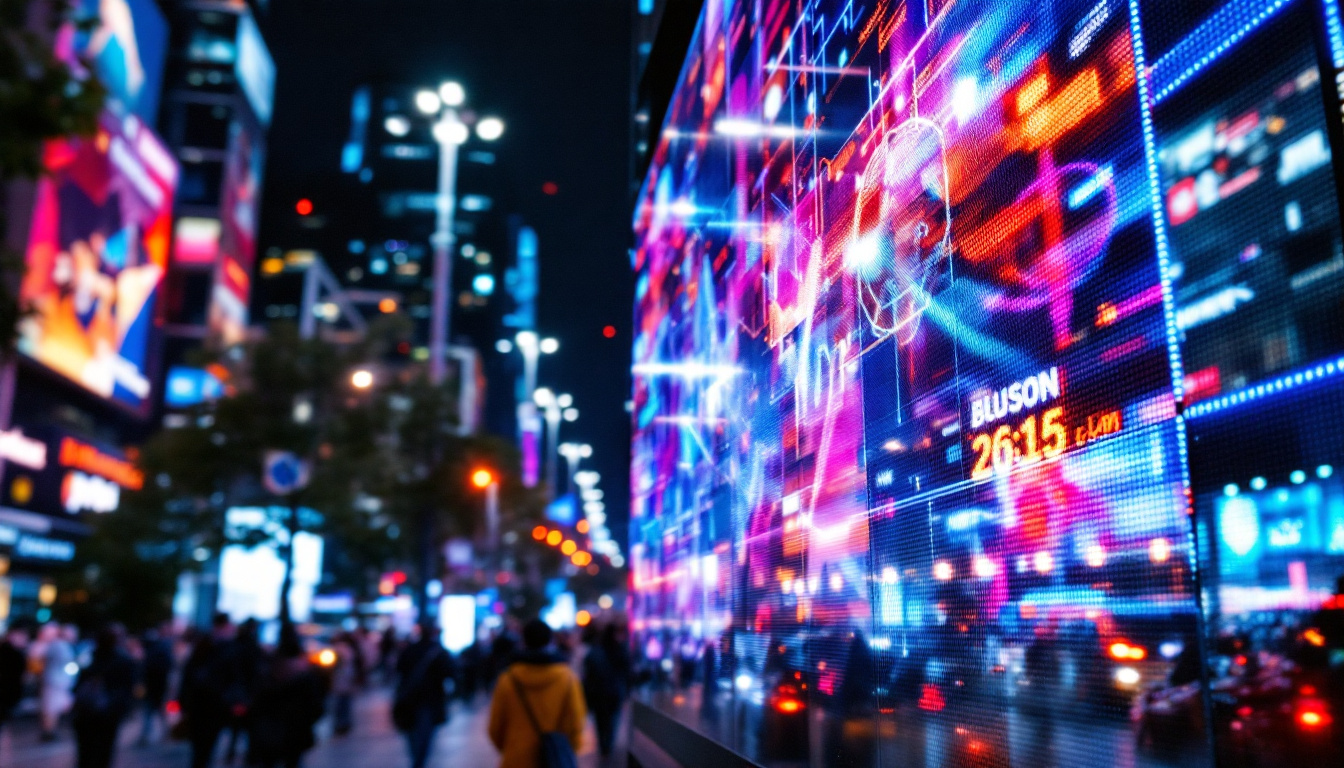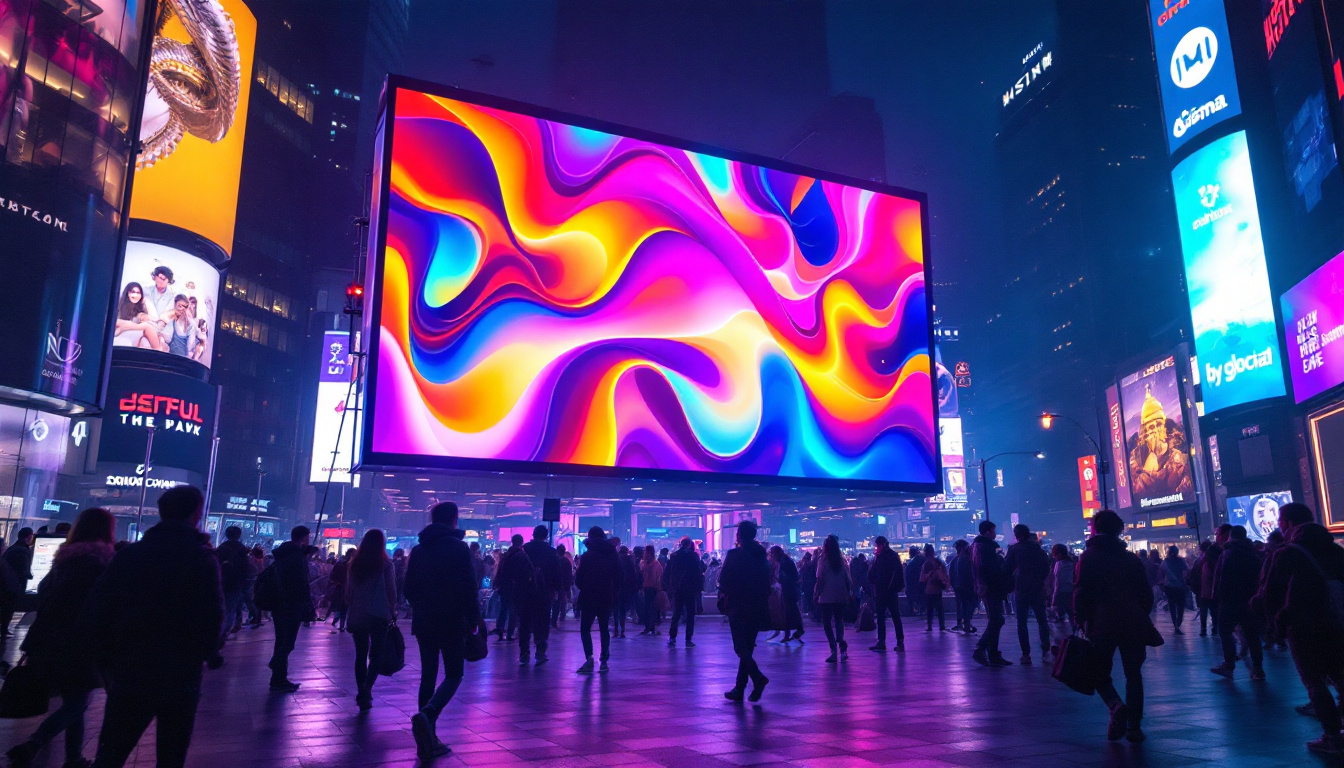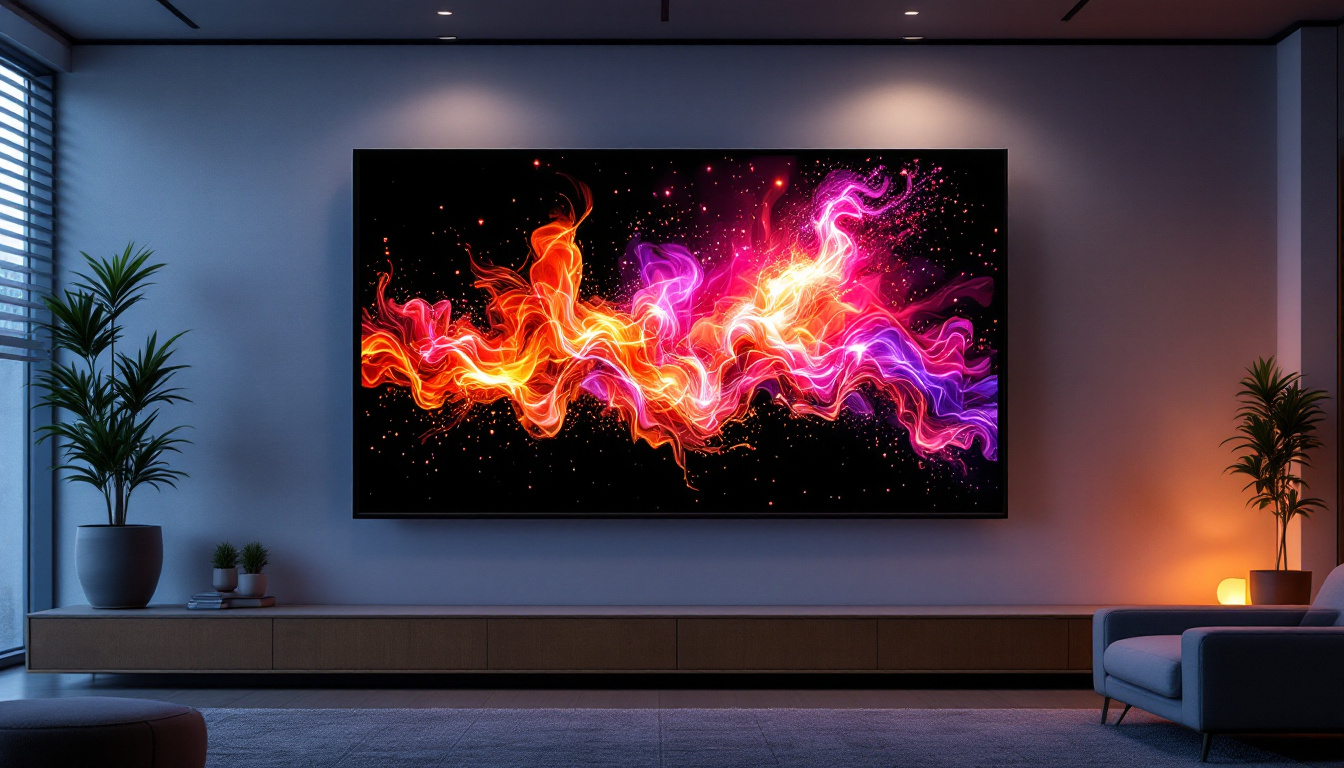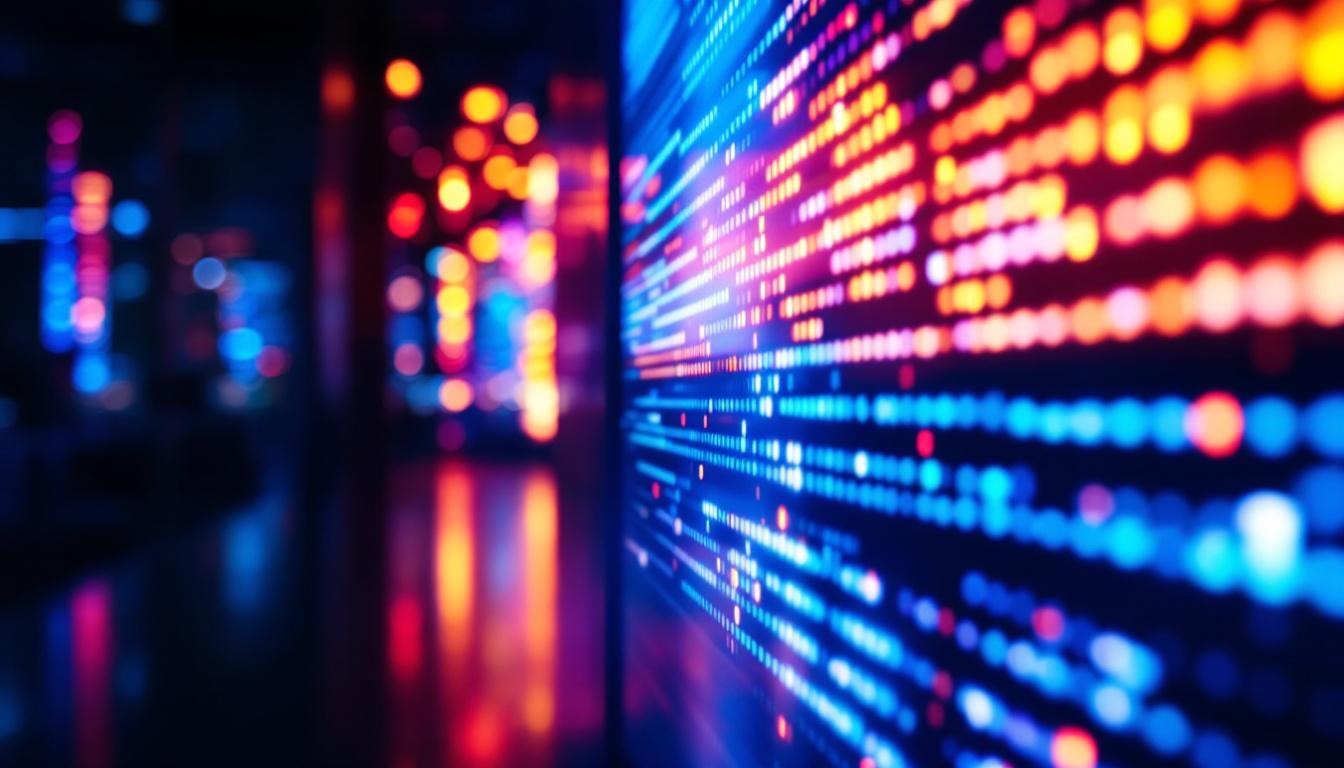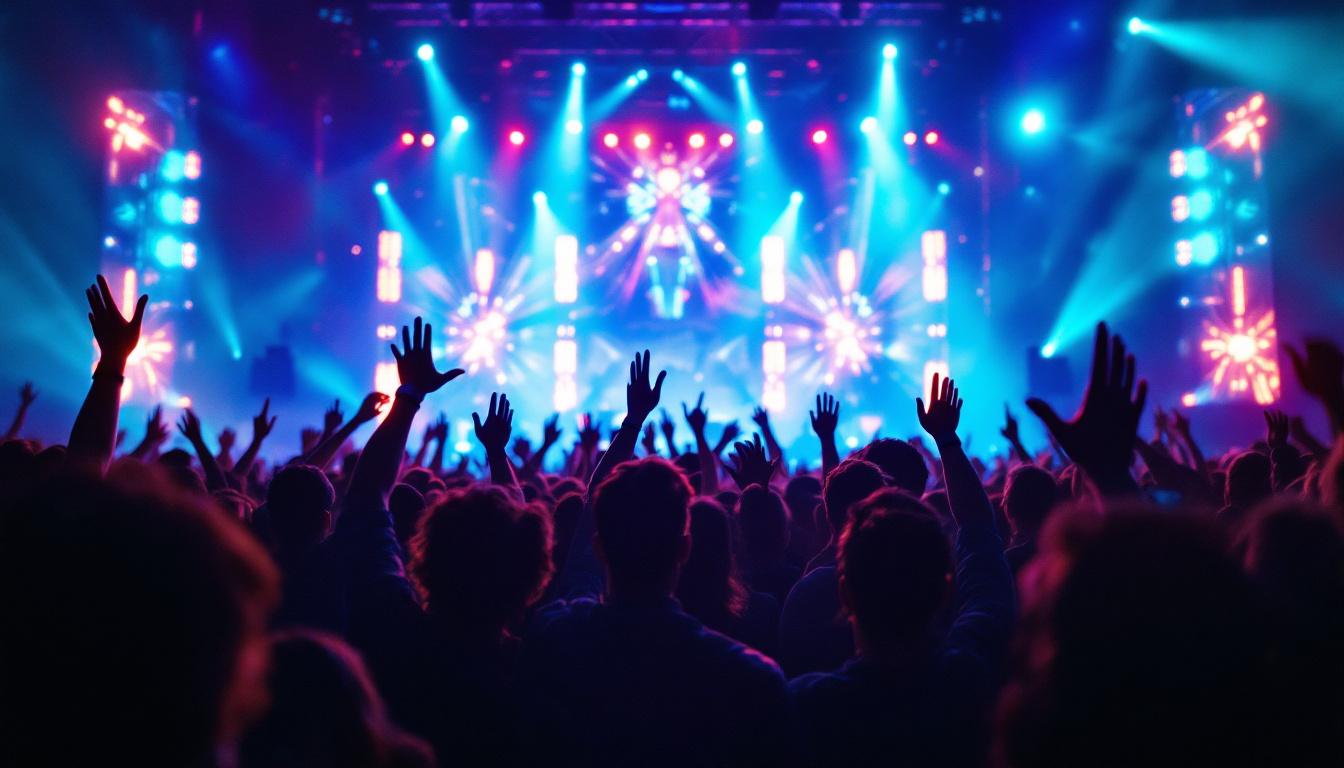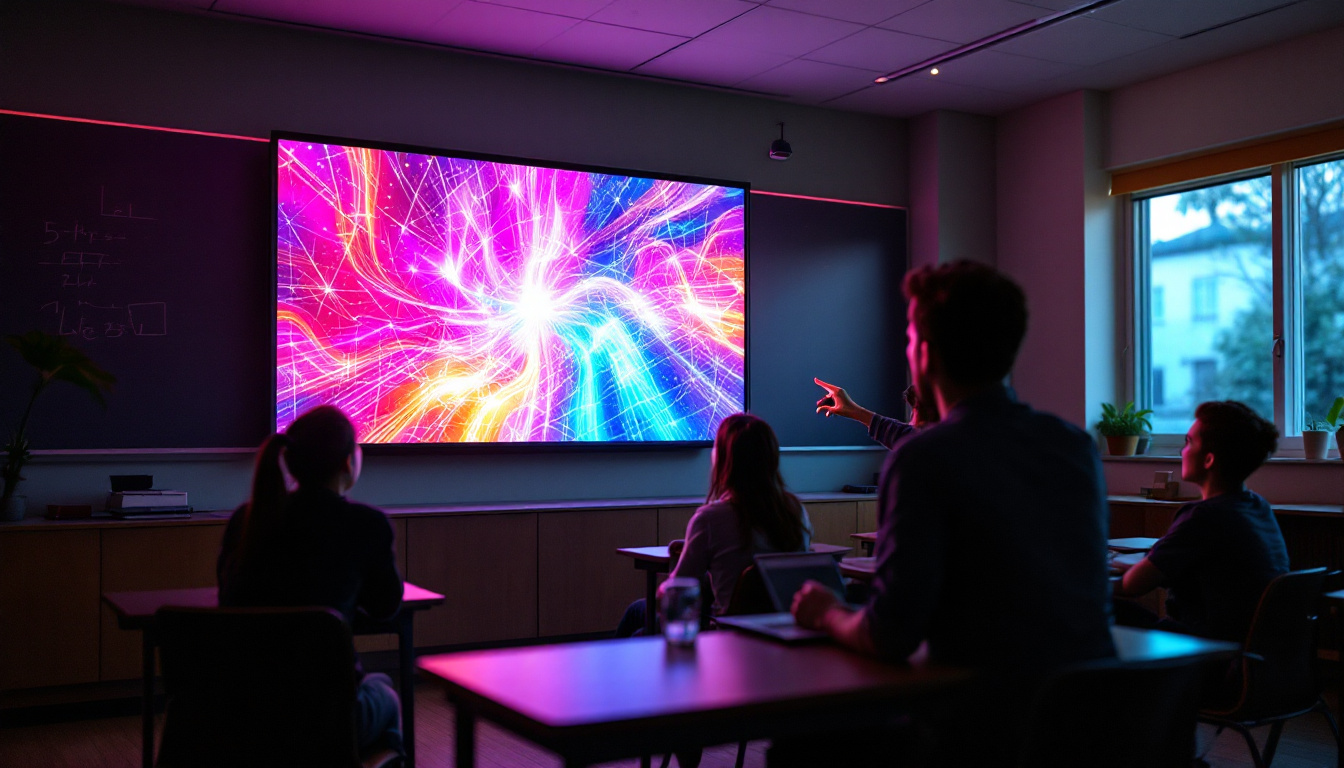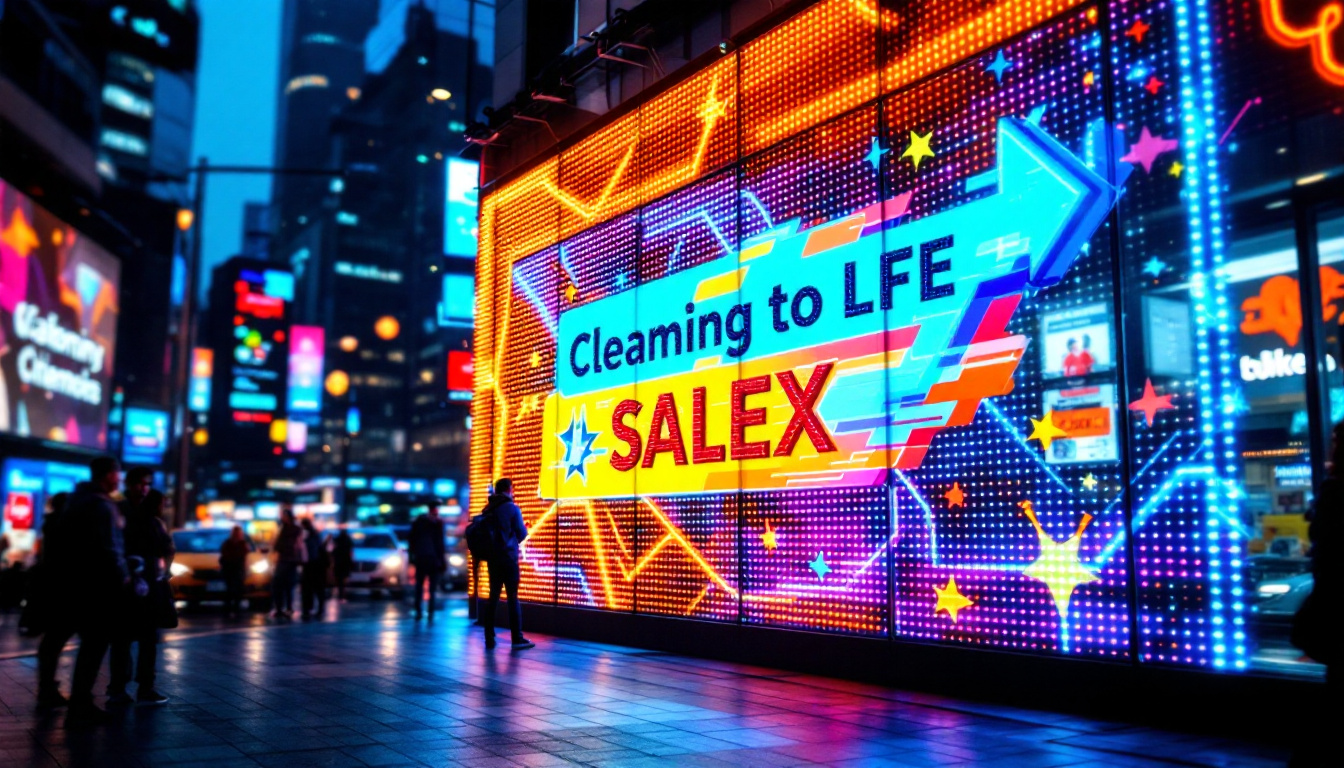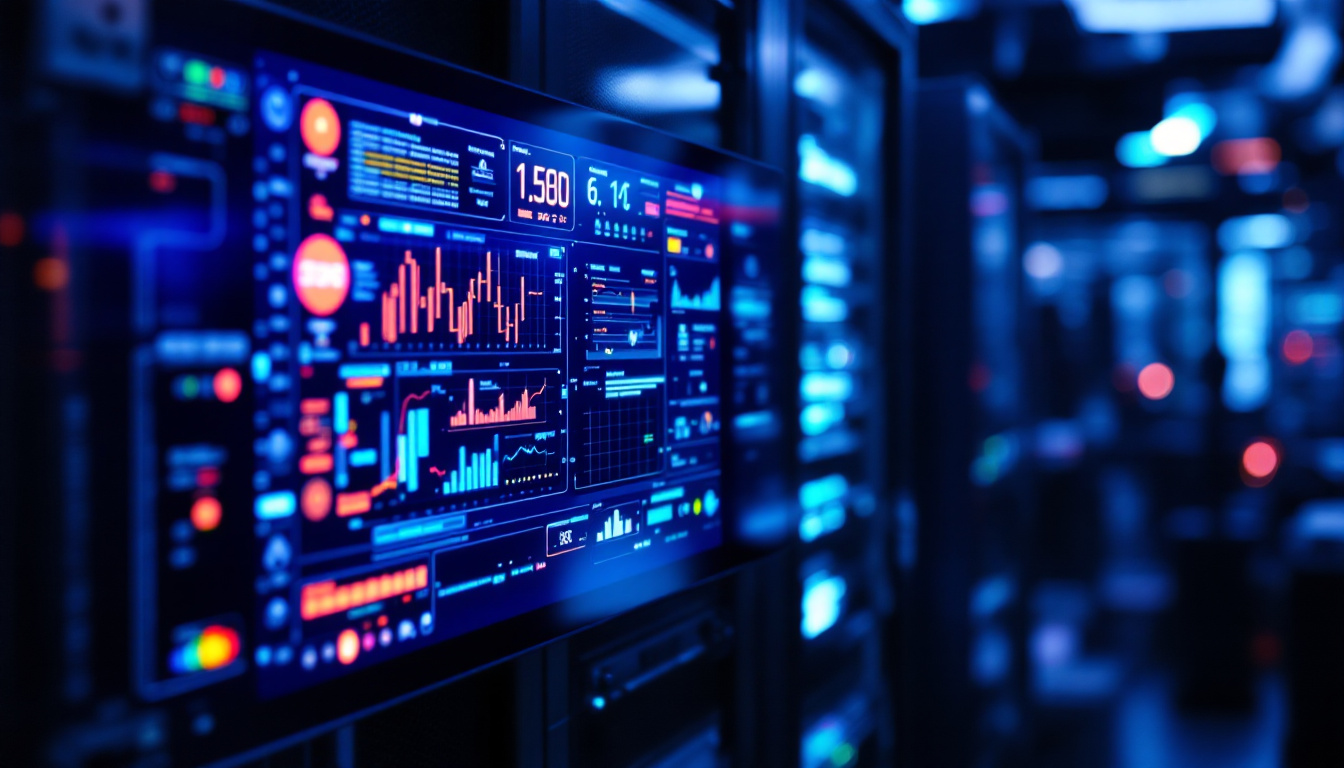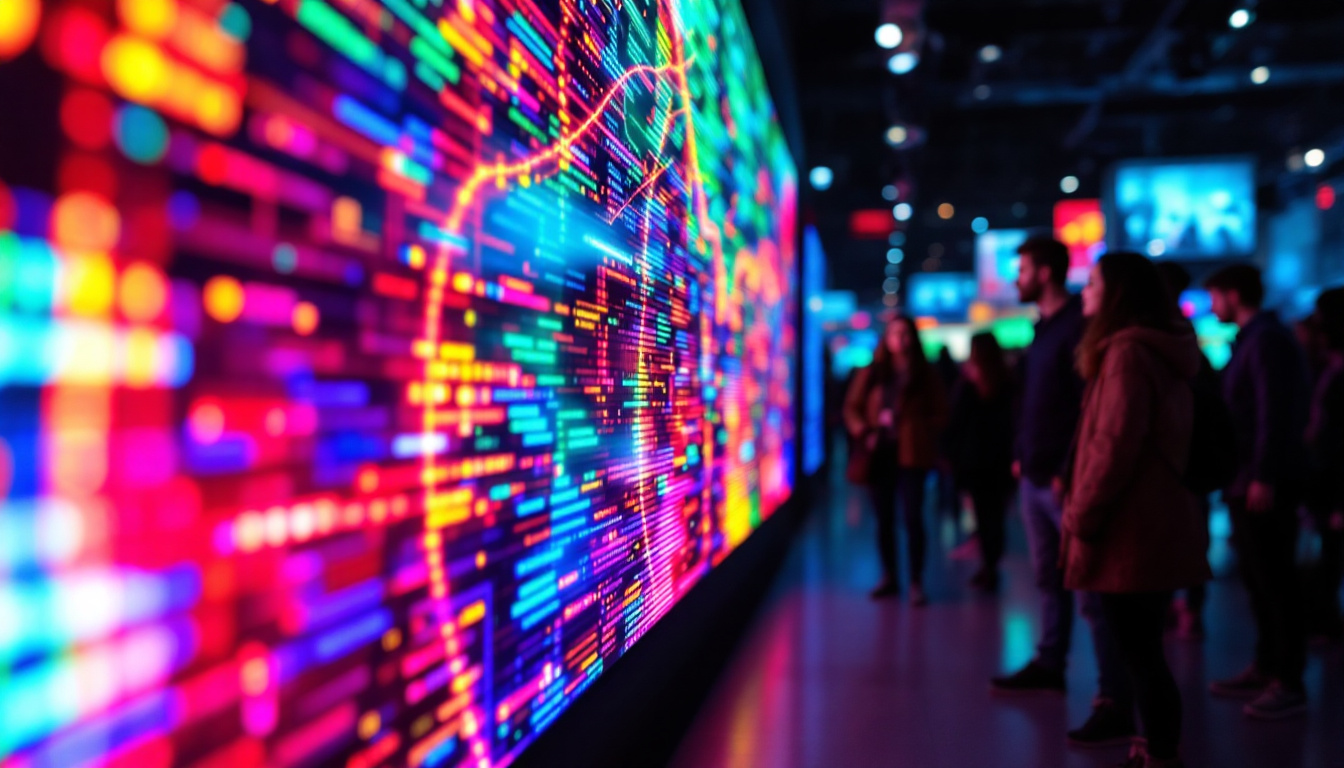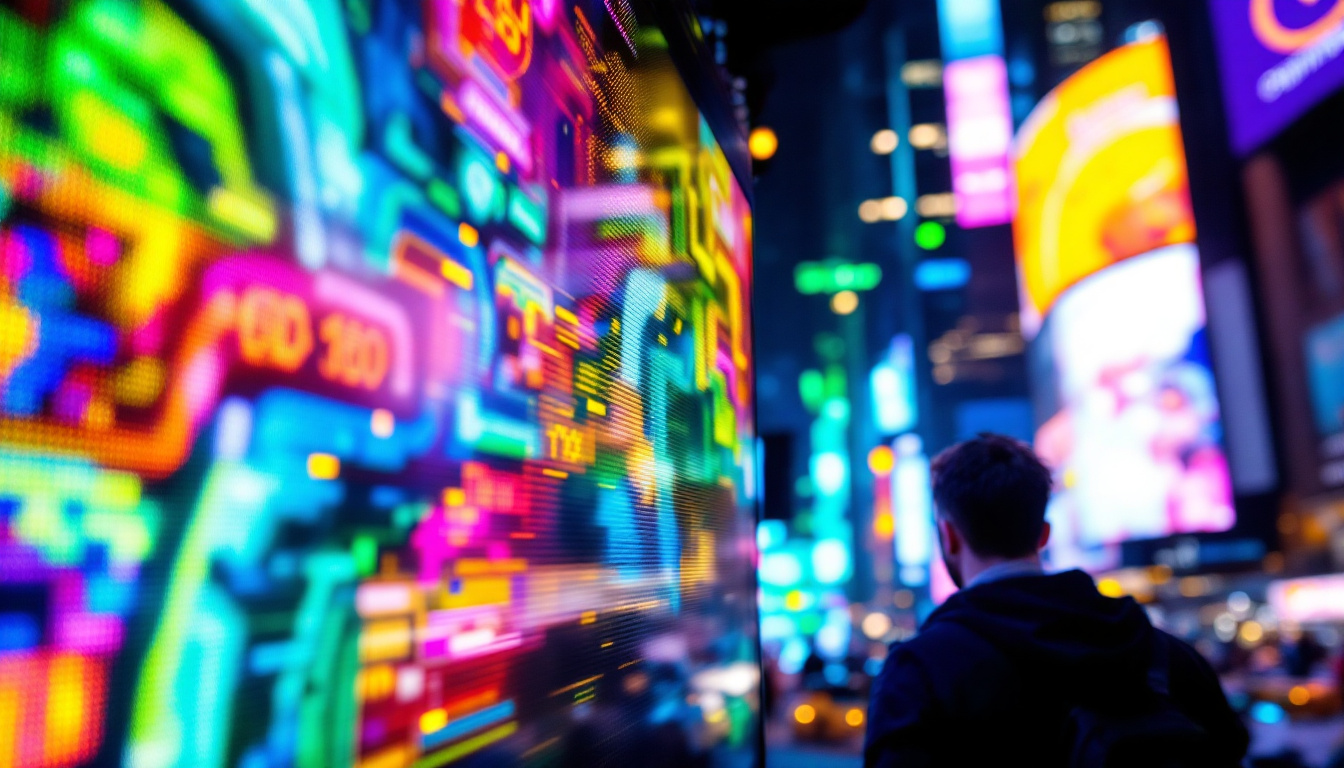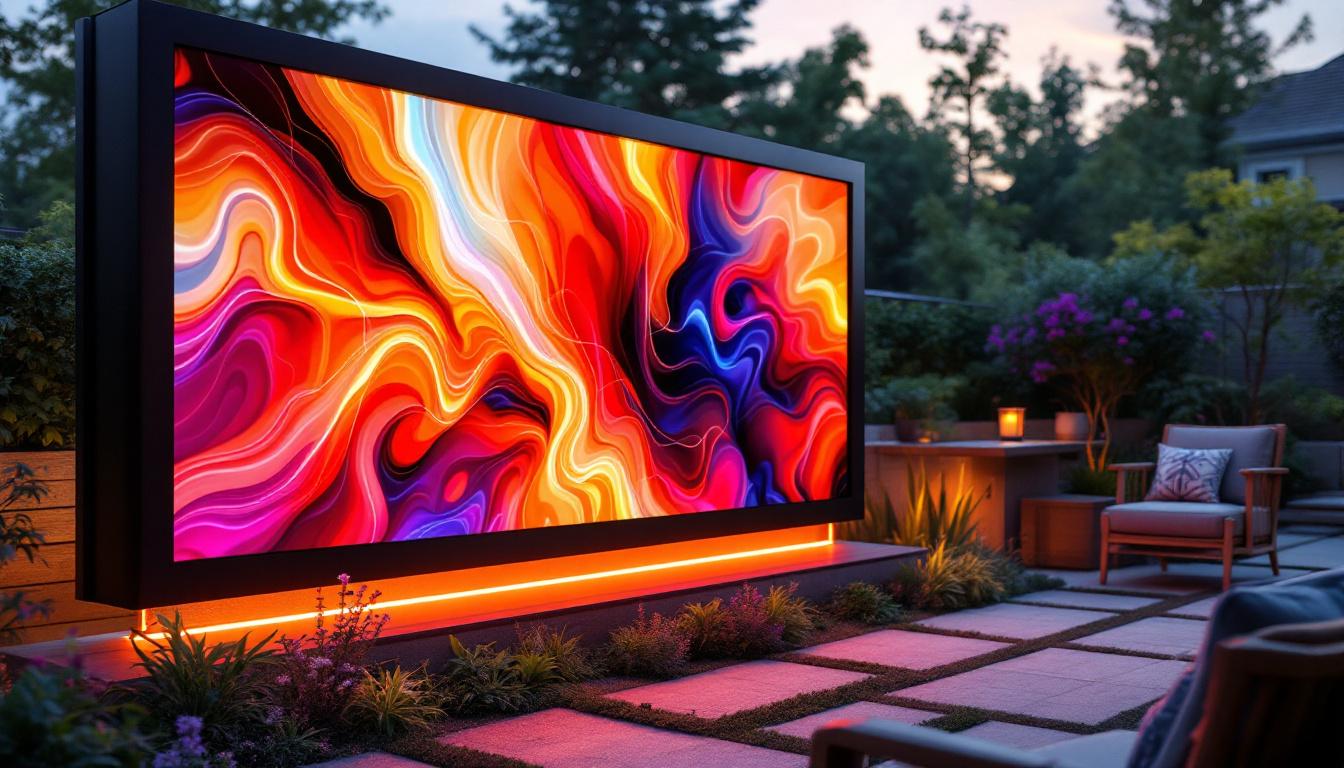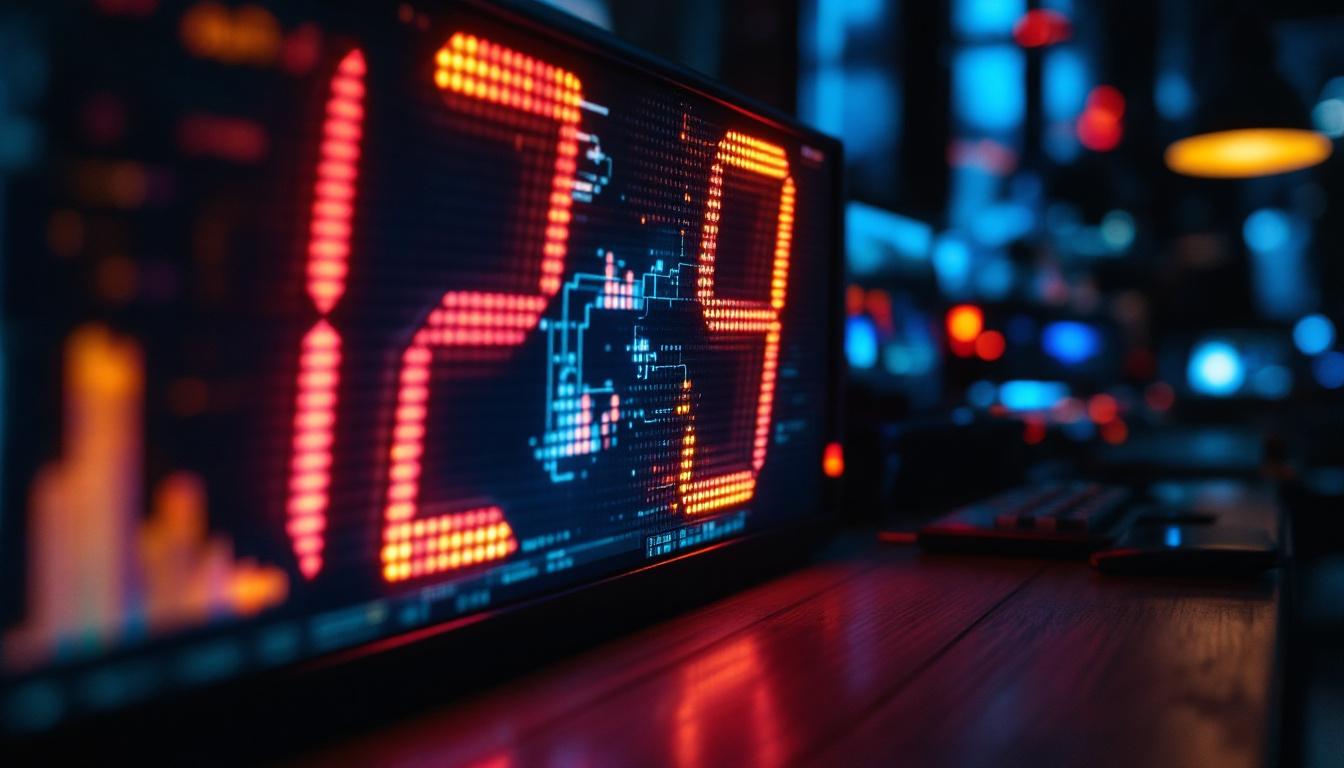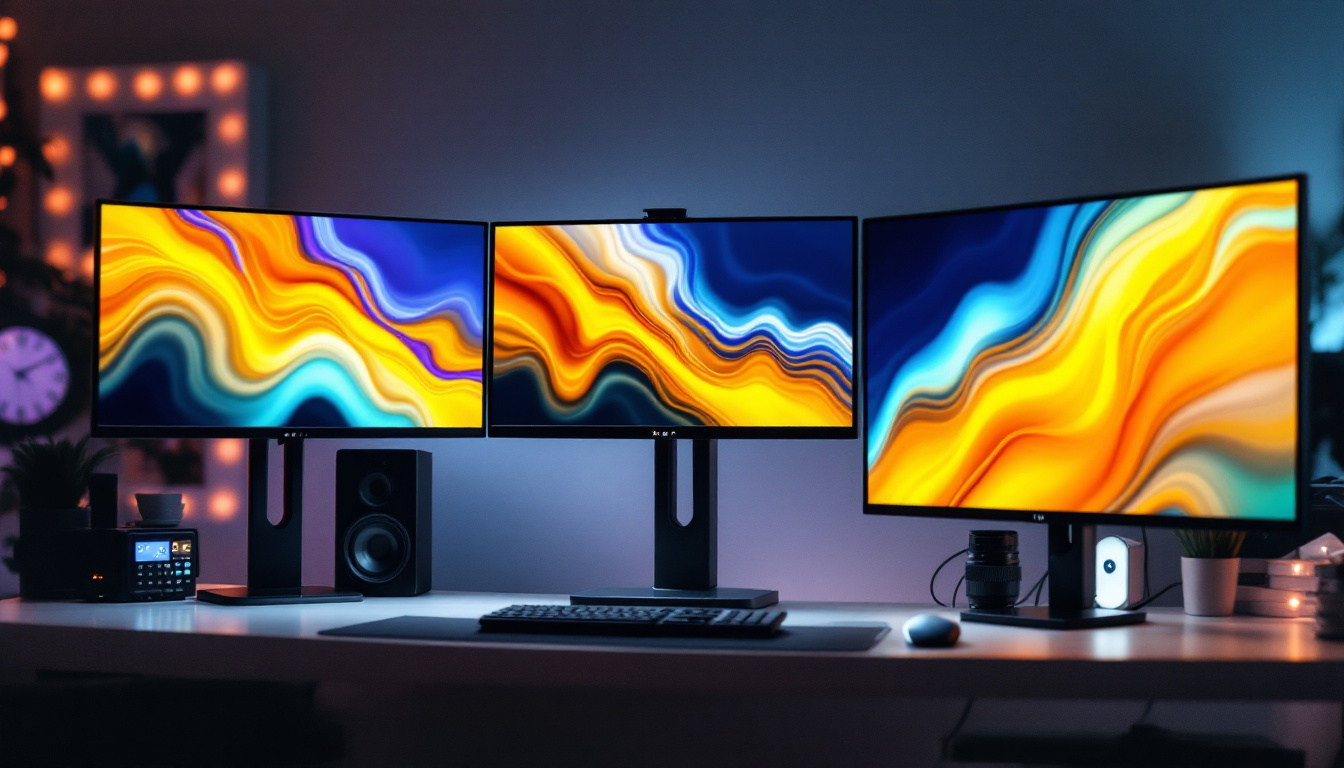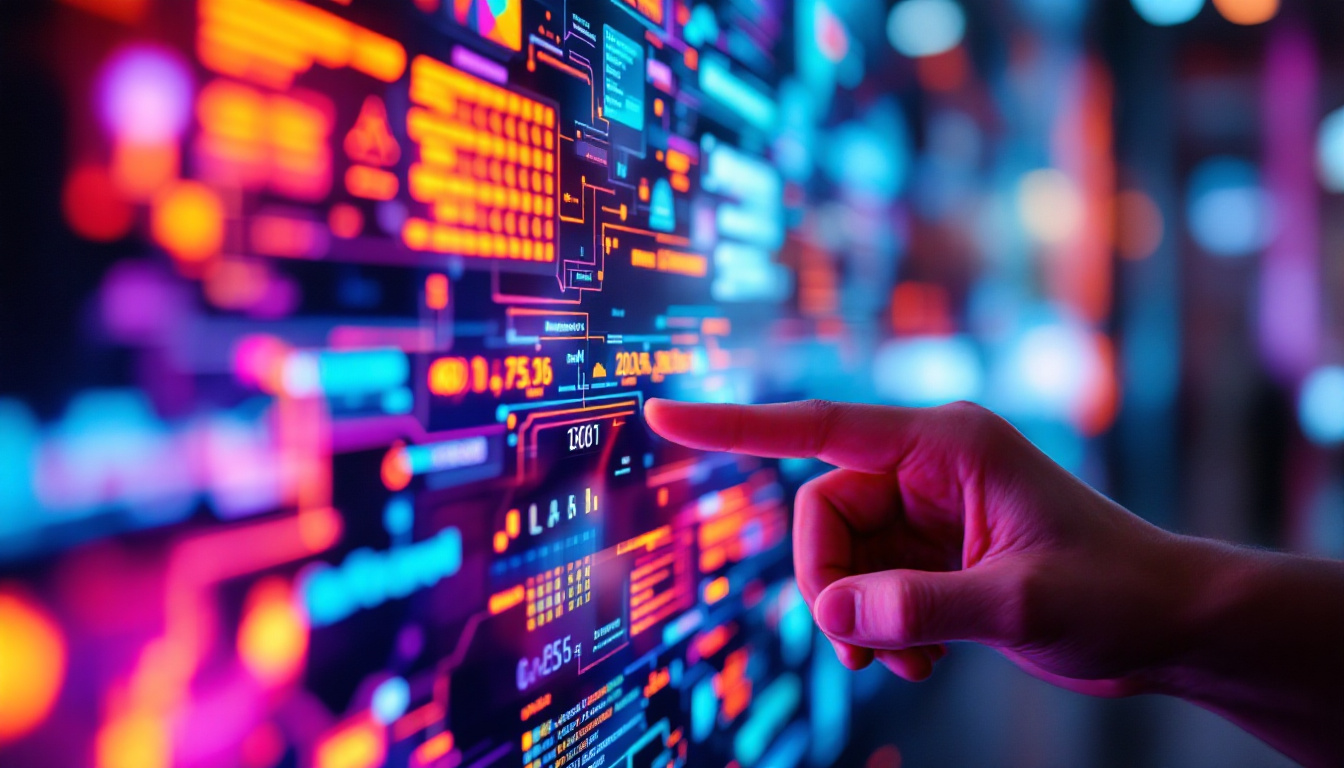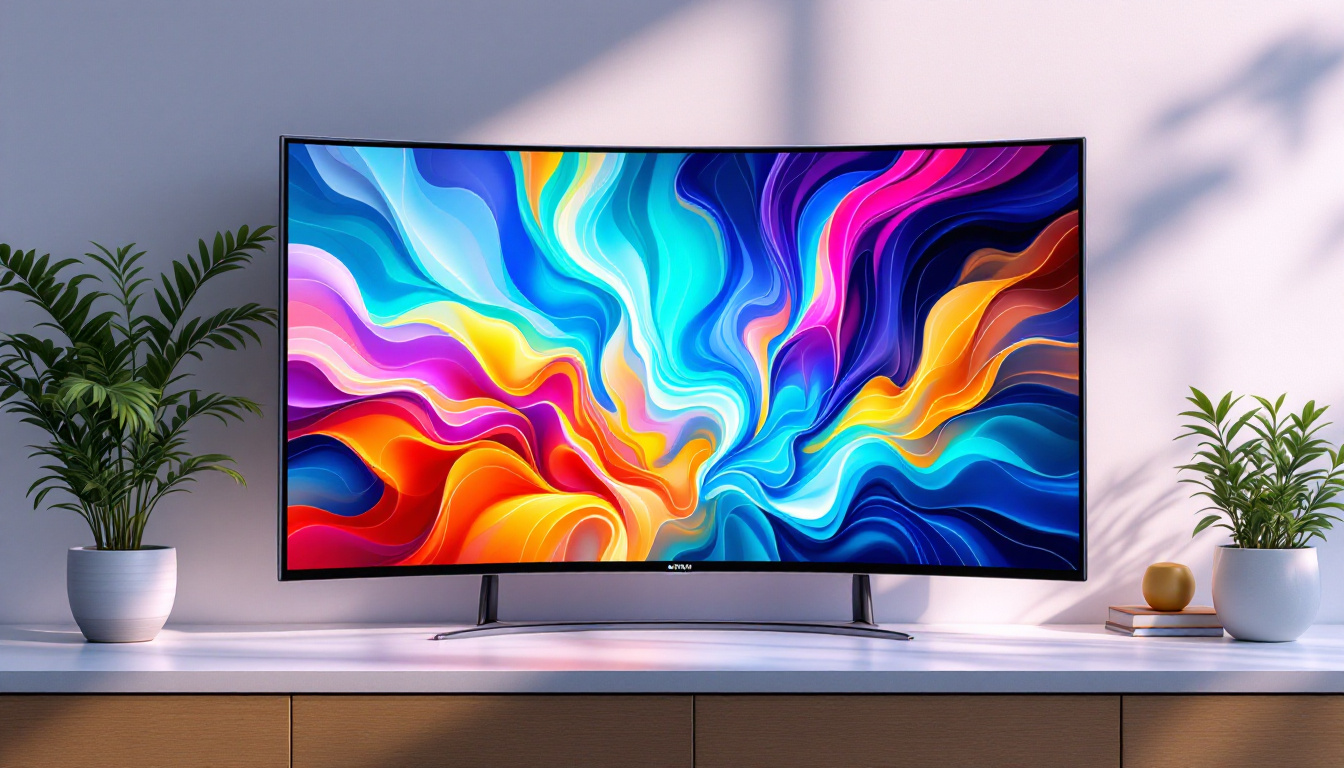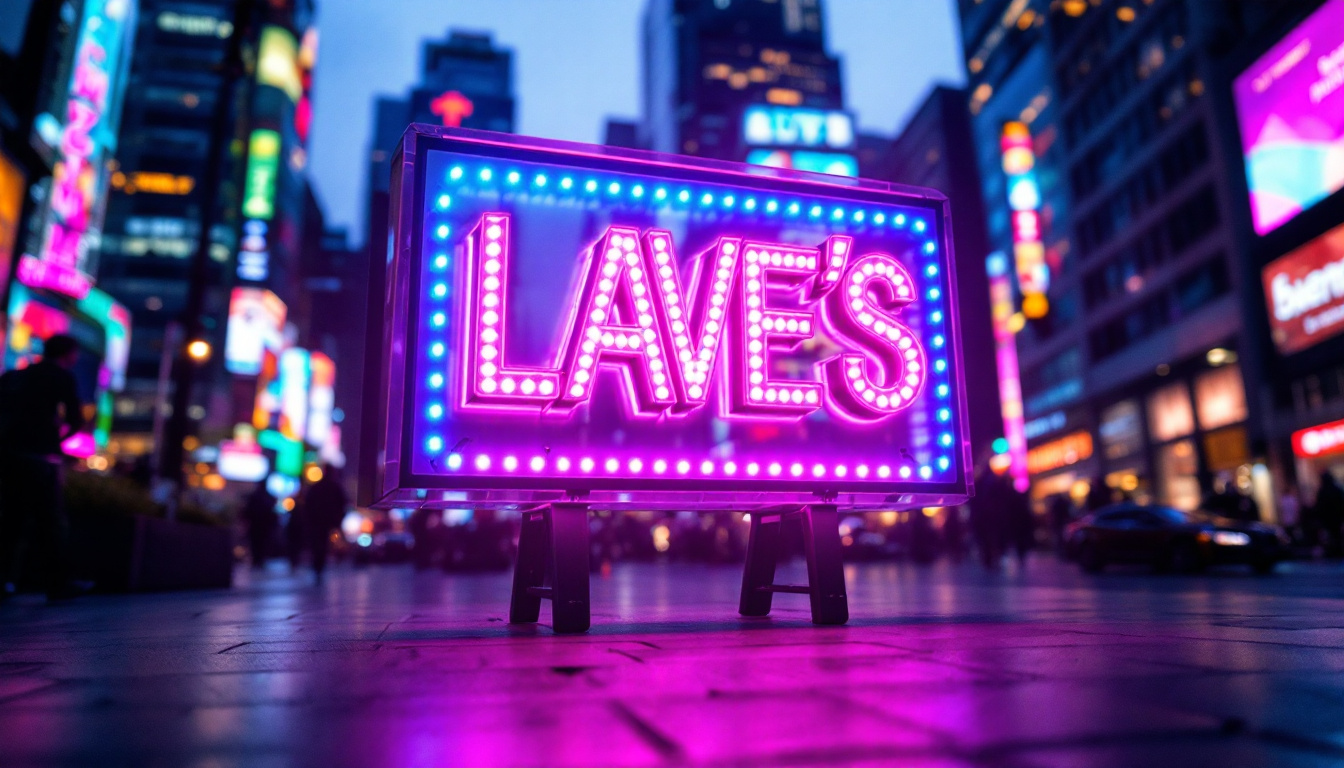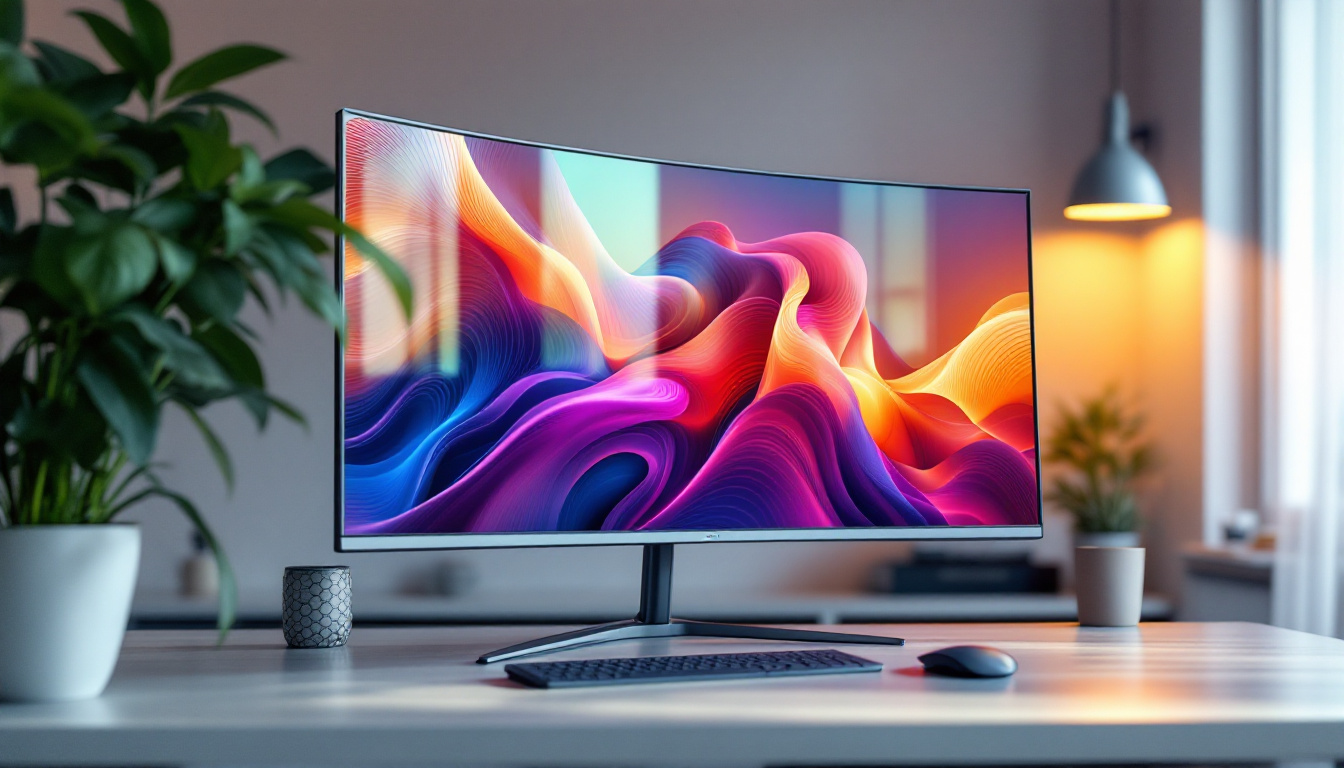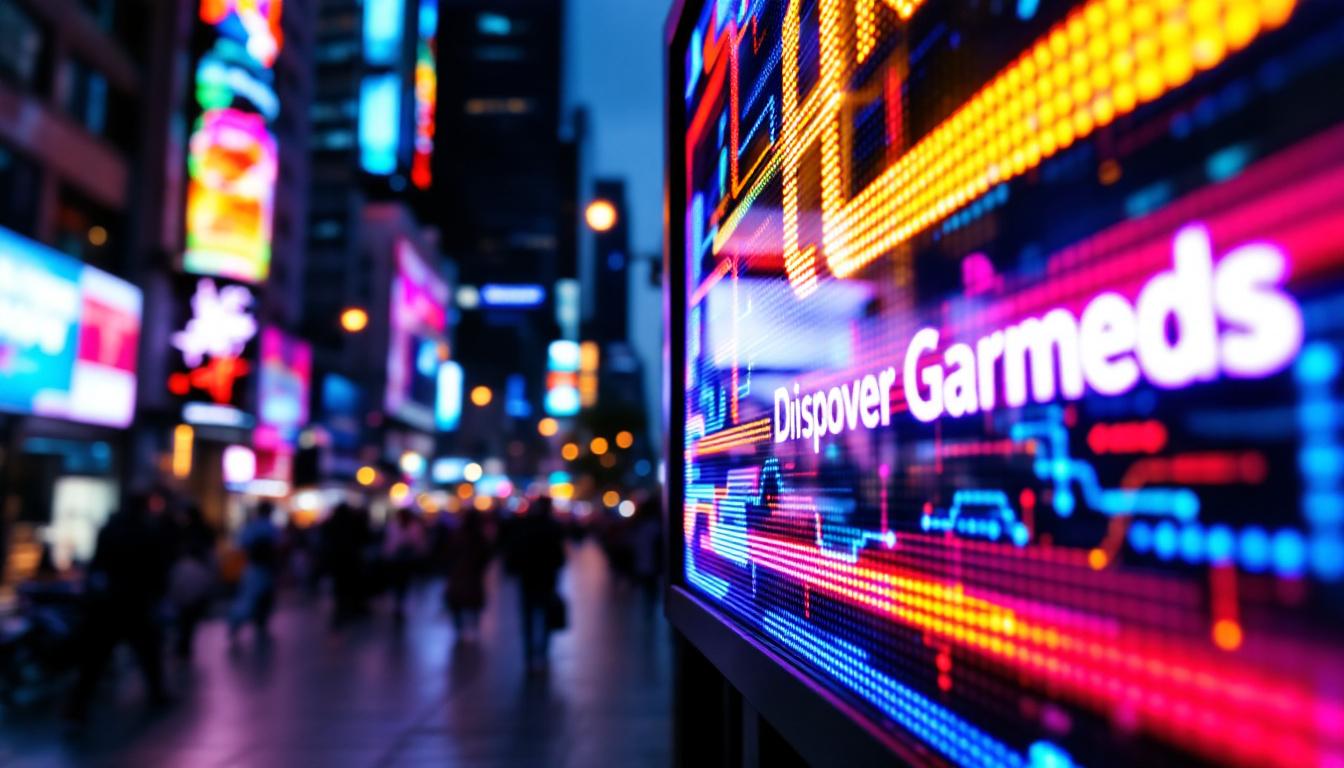In the world of modern technology, LED displays have emerged as a dominant force in visual communication. From billboards to television screens, these vibrant displays have transformed how information is conveyed. This article delves into the intricacies of LED displays, exploring their technology, applications, and the factors to consider when choosing an LED screen company.
Understanding LED Technology
Light Emitting Diodes (LEDs) are semiconductor devices that emit light when an electric current passes through them. The technology behind LED displays combines these diodes in various configurations to create screens that can display a wide range of colors and images. The brilliance of LED technology lies in its efficiency, longevity, and versatility. Unlike traditional incandescent bulbs, LEDs consume significantly less power, making them an environmentally friendly choice. Their long lifespan, often exceeding 25,000 hours, reduces the frequency of replacements, which is not only cost-effective but also minimizes waste.
How LED Displays Work
At the core of an LED display are thousands of tiny LEDs, which can be arranged in grids. Each LED can emit red, green, or blue light, and by varying the intensity of these colors, a full spectrum of colors can be produced. This RGB (Red, Green, Blue) color model is fundamental to how images are rendered on the screen. The precision in controlling each pixel allows for stunning visuals, with gradients and details that are often unmatched by other display technologies.
The process begins with a digital signal, which is converted into an analog signal that can control the brightness of each LED. This allows for dynamic images and videos to be displayed with impressive clarity and vibrancy. The result is a display that can be seen clearly even in bright daylight, making it ideal for outdoor advertising. Furthermore, advancements in LED technology have led to the development of smart LEDs, which can adjust their brightness based on ambient light conditions, further enhancing energy efficiency and user experience.
Types of LED Displays
LED displays come in various types, each suited for different applications. The most common types include:
- Direct View LED Displays: These are made up of individual LEDs that create the image directly. They are often used for large-scale outdoor advertising.
- LED Video Walls: Composed of multiple LED panels, these walls can display high-resolution images and videos. They are commonly used in concerts, conferences, and sports events.
- LED Backlit Displays: These displays use LEDs to illuminate an LCD screen from behind, enhancing brightness and color accuracy. They are prevalent in televisions and computer monitors.
In addition to these common types, there are also specialized LED displays designed for niche markets. For instance, transparent LED displays are gaining popularity in retail environments, allowing for eye-catching advertisements while maintaining visibility of the products behind them. Similarly, flexible LED displays can be bent and shaped to fit unique architectural designs, offering creative solutions for both indoor and outdoor installations. The innovation in LED technology continues to expand the possibilities for visual communication, making it an exciting field to watch as new applications emerge.
Applications of LED Displays
The versatility of LED displays has led to their adoption across various industries. Their ability to deliver high-quality visuals makes them suitable for numerous applications.
Advertising and Marketing
One of the most prominent uses of LED displays is in advertising. Digital billboards and storefront displays attract attention with vibrant colors and dynamic content. Businesses can easily update their advertisements in real-time, allowing for targeted marketing strategies that can adapt to changing consumer preferences.
Moreover, LED displays can be programmed to show different messages at different times, maximizing engagement and ensuring that the content remains fresh and relevant. This flexibility not only enhances brand visibility but also allows for creative campaigns that can be tailored to specific demographics or events, such as holidays or local festivals. The ability to integrate social media feeds into these displays further amplifies their impact, enabling brands to interact with their audience in real-time and create a sense of community around their products.
Entertainment and Events
In the entertainment industry, LED displays have revolutionized how audiences experience live events. Concerts, festivals, and sports events utilize large LED screens to provide spectators with enhanced visuals, ensuring that even those seated far from the stage can enjoy the performance.
Moreover, LED technology allows for creative stage designs, with screens that can be shaped and configured in various ways to create immersive environments. The integration of high-definition video and synchronized lighting effects can transform a simple performance into a multi-sensory experience, captivating audiences and leaving lasting impressions. Additionally, the use of LED walls in theaters and film productions has opened up new avenues for storytelling, allowing for dynamic backgrounds that can change seamlessly to match the narrative, thus enriching the overall viewing experience.
Public Information Systems
LED displays are also widely used in public information systems, such as transportation hubs and public spaces. digital signage provides real-time updates on schedules, directions, and important announcements, improving communication and efficiency.
For instance, airports utilize LED displays to inform travelers about flight statuses, while train stations provide updates on arrivals and departures, enhancing the overall travel experience. Beyond transportation, LED displays are increasingly being implemented in educational institutions and public buildings to convey important information, such as emergency alerts or event schedules. This not only aids in crowd management but also ensures that the public remains informed and safe in various situations. Furthermore, the energy efficiency and longevity of LED technology make it a sustainable choice for municipalities looking to modernize their communication systems while reducing their carbon footprint.
Choosing the Right LED Screen Company
When considering an LED display for personal or business use, selecting the right LED screen company is crucial. Several factors should be taken into account to ensure a successful partnership.
Quality of Products
The quality of the LED displays offered by a company is paramount. High-quality displays not only provide better visuals but also have a longer lifespan and require less maintenance. It is advisable to research the materials used, the technology behind the displays, and any warranties offered.
Companies that invest in advanced manufacturing processes and quality control measures tend to produce more reliable products. Reading customer reviews and testimonials can also provide insights into the company’s reputation for quality.
Customization Options
Every business has unique needs, and the ability to customize an LED display can significantly impact its effectiveness. A reputable LED screen company should offer various customization options, including size, resolution, and design features.
Whether it’s a large outdoor billboard or a small indoor display, the ability to tailor the product to fit specific requirements ensures that the final result aligns with the intended purpose and audience.
Technical Support and Service
After purchasing an LED display, ongoing support and service are essential. The right LED screen company should offer comprehensive technical support, including installation, maintenance, and troubleshooting assistance.
Inquire about the availability of customer service and the responsiveness of the support team. A company that prioritizes customer satisfaction will often provide better service and ensure that any issues are resolved quickly.
Future Trends in LED Display Technology
The LED display industry is continuously evolving, with new technologies and trends emerging regularly. Staying informed about these developments can help businesses and consumers make better decisions regarding their LED display needs.
Advancements in Resolution
As technology progresses, the demand for higher resolution displays is on the rise. Companies are now developing LED displays with finer pixel pitches, allowing for sharper images and improved detail. This trend is particularly relevant for applications where close viewing distances are common, such as in retail environments and control rooms.
MicroLED technology is also gaining traction, offering even greater resolution and color accuracy. These advancements are expected to enhance the overall viewing experience across various applications.
Integration with Smart Technology
Smart technology integration is another significant trend shaping the future of LED displays. With the rise of the Internet of Things (IoT), LED displays can now be connected to various devices and systems, allowing for more interactive and dynamic content.
For example, LED displays can be programmed to change content based on real-time data, such as weather conditions or social media trends. This level of interactivity enhances engagement and provides more relevant information to the audience.
Eco-Friendly Solutions
As sustainability becomes a priority for many businesses, the LED display industry is also moving towards eco-friendly solutions. Manufacturers are focusing on energy-efficient designs and sustainable materials to reduce the environmental impact of their products.
Energy-efficient LED displays consume less power, leading to lower operational costs and a reduced carbon footprint. Companies that prioritize sustainability are likely to appeal to environmentally conscious consumers and businesses.
Conclusion
LED displays have transformed the way information is presented and consumed across various industries. Their vibrant colors, energy efficiency, and versatility make them an ideal choice for advertising, entertainment, and public communication. When selecting an LED screen company, it is essential to consider product quality, customization options, and the level of support offered.
As technology continues to advance, the future of LED displays looks promising, with innovations in resolution, smart technology integration, and eco-friendly solutions on the horizon. Embracing these advancements will not only enhance visual communication but also contribute to a more sustainable future.
Discover Cutting-Edge LED Solutions with LumenMatrix
Ready to elevate your visual communication with vibrant, energy-efficient LED displays? Look no further than LumenMatrix, a leader in innovative LED display technology. Whether you’re seeking to enhance your brand’s visibility or create an immersive experience for your audience, LumenMatrix offers a comprehensive range of solutions, including Indoor and Outdoor LED Wall Displays, Vehicle LED Displays, LED Poster Displays, LED Sports Displays, Floor LED Displays, Custom LED Displays, All-in-One LED Displays, and LED Transparent Displays. Embrace the future of digital signage and make a lasting impact with LumenMatrix’s state-of-the-art LED display modules. Check out LumenMatrix LED Display Solutions today and transform your communication strategy.

